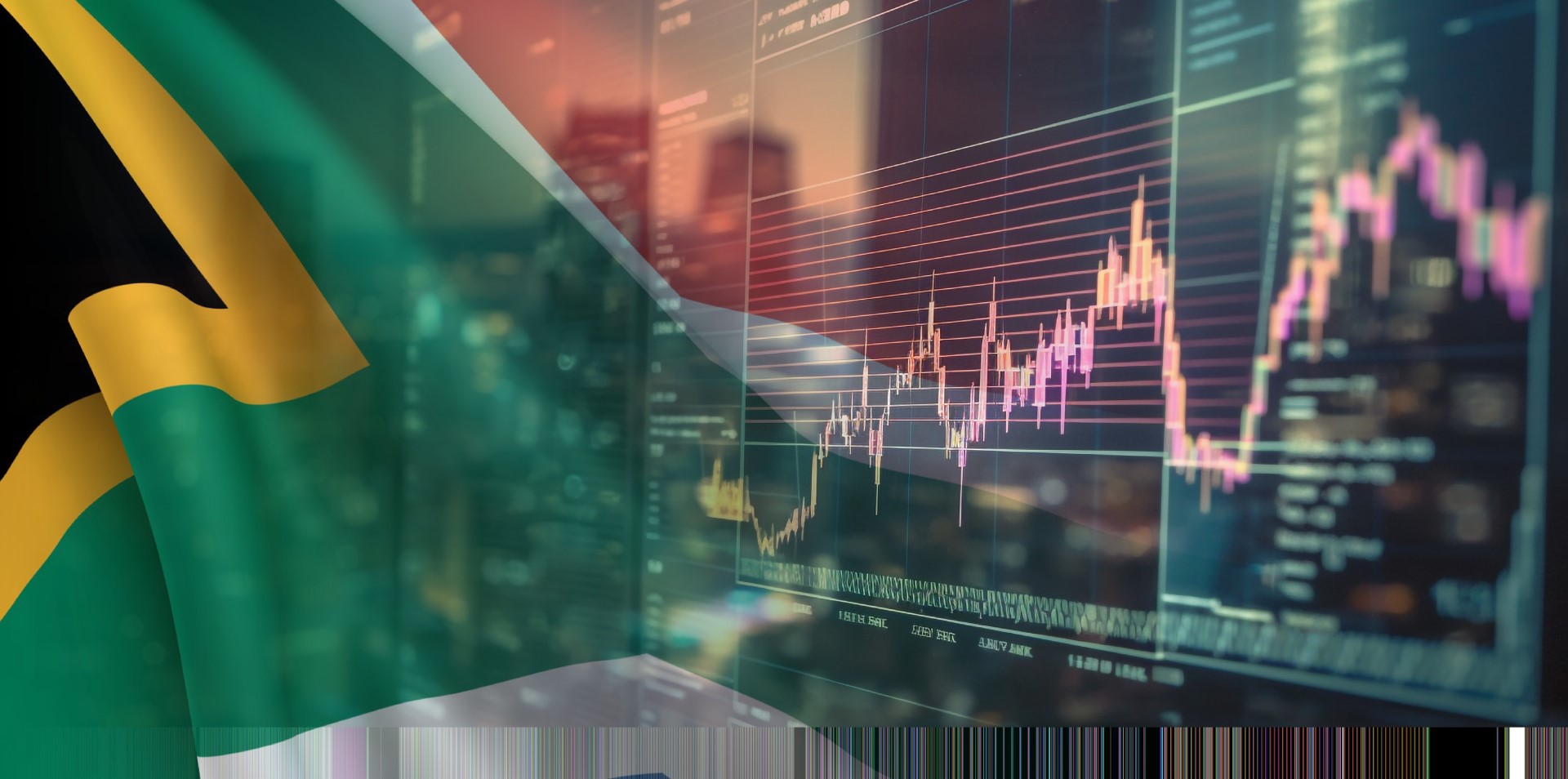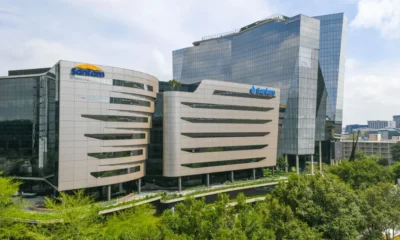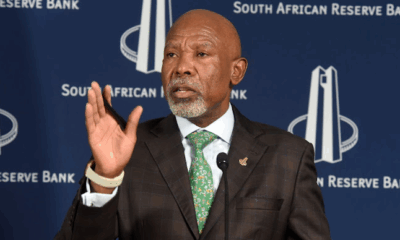Business
South Africa’s Economic Outlook Brightens as Growth Prospects Improve

South Africa may finally be turning a corner. Despite a tough global economic environment and persistent domestic challenges, new forecasts suggest the country’s economy is heading into a more optimistic period.
According to the latest update from S&P Global Ratings, South Africa’s real GDP is projected to grow between 1.3% and 1.6% annually from 2025 to 2027. That’s a significant jump from the modest 0.6% expected in 2024. The improvement signals stronger medium-term prospects, though experts caution that meaningful reforms and political stability remain crucial.
What’s Driving the Optimism?
A key factor is the easing of load-shedding, which has historically dampened business productivity and investor sentiment. As power supply stabilizes, confidence across industries is gradually improving.
S&P has affirmed South Africa’s long-term foreign and local currency debt ratings at ‘BB-’ and ‘BB’, respectively, maintaining a positive outlook. The agency emphasized that if reform momentum continues and coalition politics hold, growth could outperform expectations.
While the unemployment rate remains high, a stronger economy and lower inflation could improve public sentiment and policy stability—key ingredients for sustained growth.
Government Unity and Budget Progress
The political landscape has been under the spotlight since the formation of a Government of National Unity (GNU). Despite sharp disagreements—particularly around proposed VAT hikes—the GNU has held firm. The contentious budget for fiscal year 2025 is set to be re-tabled for a third time on May 21, minus the VAT increases.
This persistence in governance, coupled with continued fiscal consolidation efforts, has earned praise from ratings agencies and investors alike.
Rand Strength and Inflation Targeting
Another encouraging development is the performance of the rand, which recently reached a five-month high of R17.99/USD. According to Investec Chief Economist Annabel Bishop, this is partly due to speculation that South Africa may soon revise its inflation target.
Currently set at a 3–6% band, the target could narrow to 3–5% or even a point target of 3%. While this could dampen hopes for interest rate cuts in the near term, it would support long-term currency stability and investor confidence.
“A lower inflation band would anchor expectations and reduce volatility,” said Bishop. “It could enhance real incomes, encourage household spending, and support economic growth.”
What This Means for South Africans
A more stable economy and predictable inflation would directly benefit consumers. Lower price increases mean more purchasing power, while a stronger rand reduces the cost of imports—especially fuel and food.
If inflation remains under control and energy supplies stay stable, South Africa could see renewed growth momentum in the second half of 2025.
Looking Ahead
While challenges remain—from political consensus to infrastructure backlogs—analysts are cautiously optimistic. With a positive credit outlook, stronger currency, and signs of policy reform, South Africa’s economic trajectory in 2025 is looking better than it has in years.
As the country prepares to re-table its budget and potentially announce new monetary policy targets, both local and international investors will be watching closely.
{Source: BusinessTech}
Follow Joburg ETC on Facebook, Twitter , TikTok and Instagram
For more News in Johannesburg, visit joburgetc.com



























